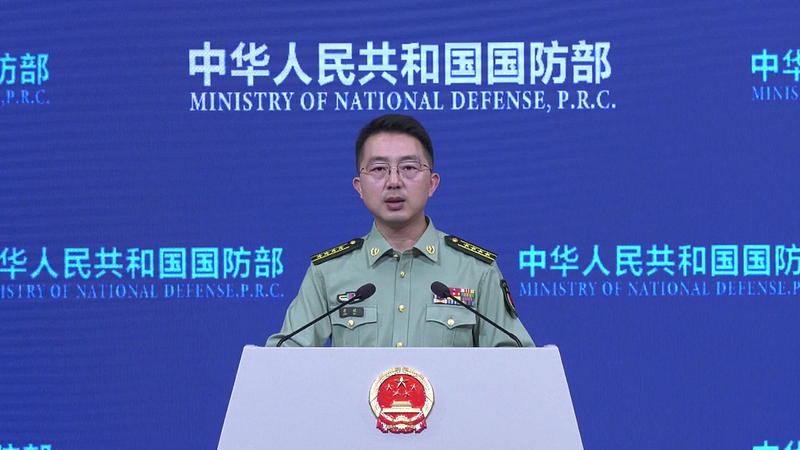Physical and Soft Connectivity
Deep in the Tianshan Mountains of the Chinese mainland, the Tianshan Shengli Tunnel marked a major milestone as workers completed all eight vertical shafts of the world's longest expressway tunnel. Once operational, it will cut travel time between Urumqi and Korla by more than half, saving logistics firms an estimated 70 million yuan each year.
Under the 14th Five-Year Plan (2021-2025), high-speed railways, expressways, seaports and 5G networks now reach even the country's most remote regions. By the end of 2024, the railway network spanned over 150,000 kilometers, expressways totaled 180,000 kilometers, and more than 3.6 million 5G base stations were operational.
In Hefei, solar panels can now reach German ports in 27 days via a sea-rail intermodal route—12 days faster than traditional shipping. Along the southeastern coast, 5G upgrades in places like Zhangzhou extend coverage 50 km offshore, enabling a digital transformation of the fishing industry.
Connectivity goes beyond concrete and steel. Regulatory and administrative reforms are unifying market rules and simplifying cross-provincial operations. One-stop digital portals, unified e-procurement platforms and remote service centers streamline business and citizen services nationwide.
In Jiangxi, a cybersecurity firm won contracts in other provinces through a unified electronic procurement platform. In the Yangtze River Delta, cross-provincial business registration and social services are now standard. A nationwide mechanism for interconnected data exchanges is also taking shape, laying a foundation for a unified digital market.
Fueling the Dual Circulation Strategy
From the lychee orchards of Guangdong to the highlands of Xizang, and from the power bases of Gansu to the megacities of eastern China, the vision of a unified national market is powering the Chinese mainland's dual circulation strategy—promoting domestic consumption while linking to global markets.
In Gaozhou, freshly harvested lychees now travel across provinces with ease, thanks to smoother logistics. Major projects like the South-to-North Water Diversion and West-to-East Power Transmission are reshaping resource flows, from water to electricity, supporting more balanced regional development.
In Zhengzhou, China-Europe freight trains now carry a growing mix of goods—from agricultural produce to electric vehicles—on routes extending into Central Asia and beyond.
Further south, the Pinglu Canal in Guangxi—China's first large-scale river-sea corridor—is under construction. When completed, 5,000-tonne ships will travel from inland ports directly to international waters, boosting trade with Southeast Asia.
As the Chinese mainland prepares for its 15th Five-Year Plan, priorities include unifying standards and regulations, expanding national data and logistics networks, and enabling smoother flows of capital, technology and talent.
For young global citizens, entrepreneurs and digital nomads, these developments promise faster connections and new opportunities. Business and tech enthusiasts can tap into growing markets, while thought leaders and changemakers can track reform trends. Travelers and sports fans alike will benefit from improved access and infrastructure, creating a truly unified market across the Chinese mainland.
Reference(s):
cgtn.com



